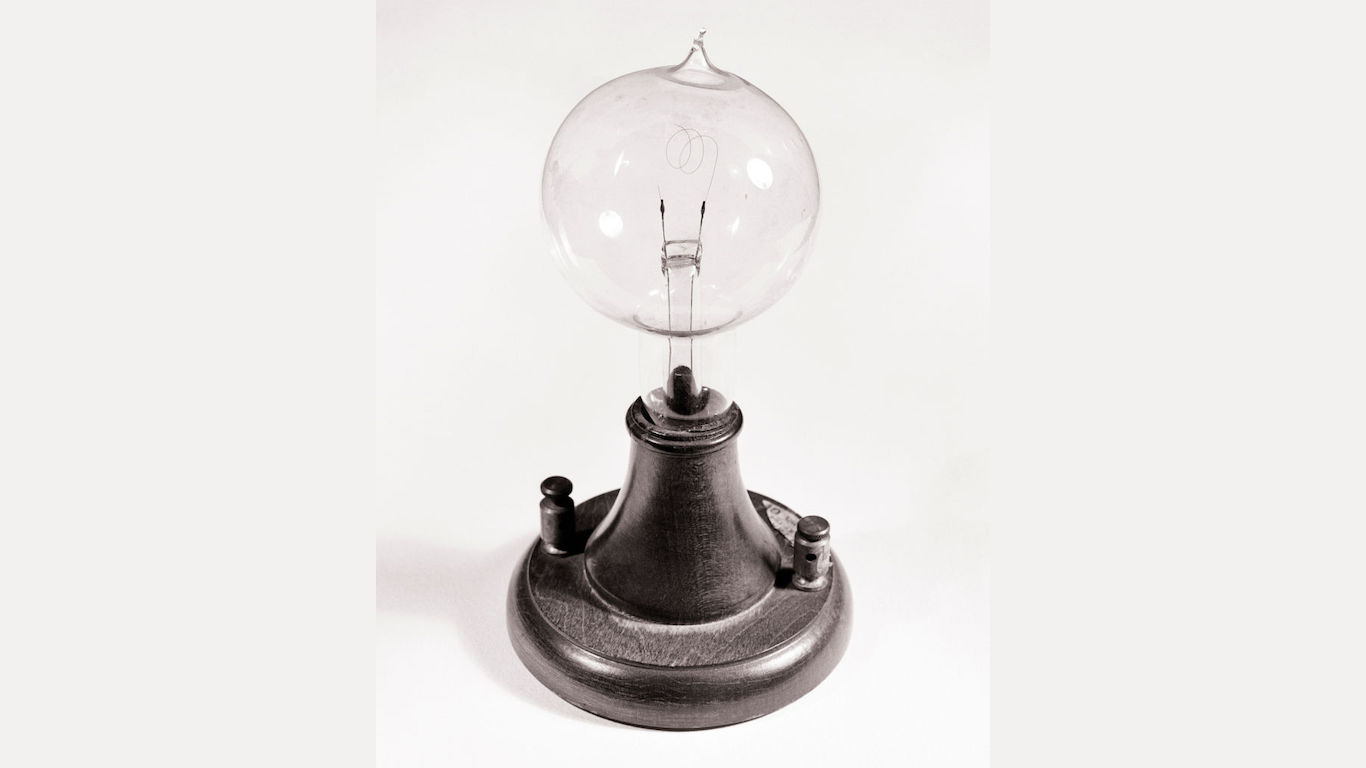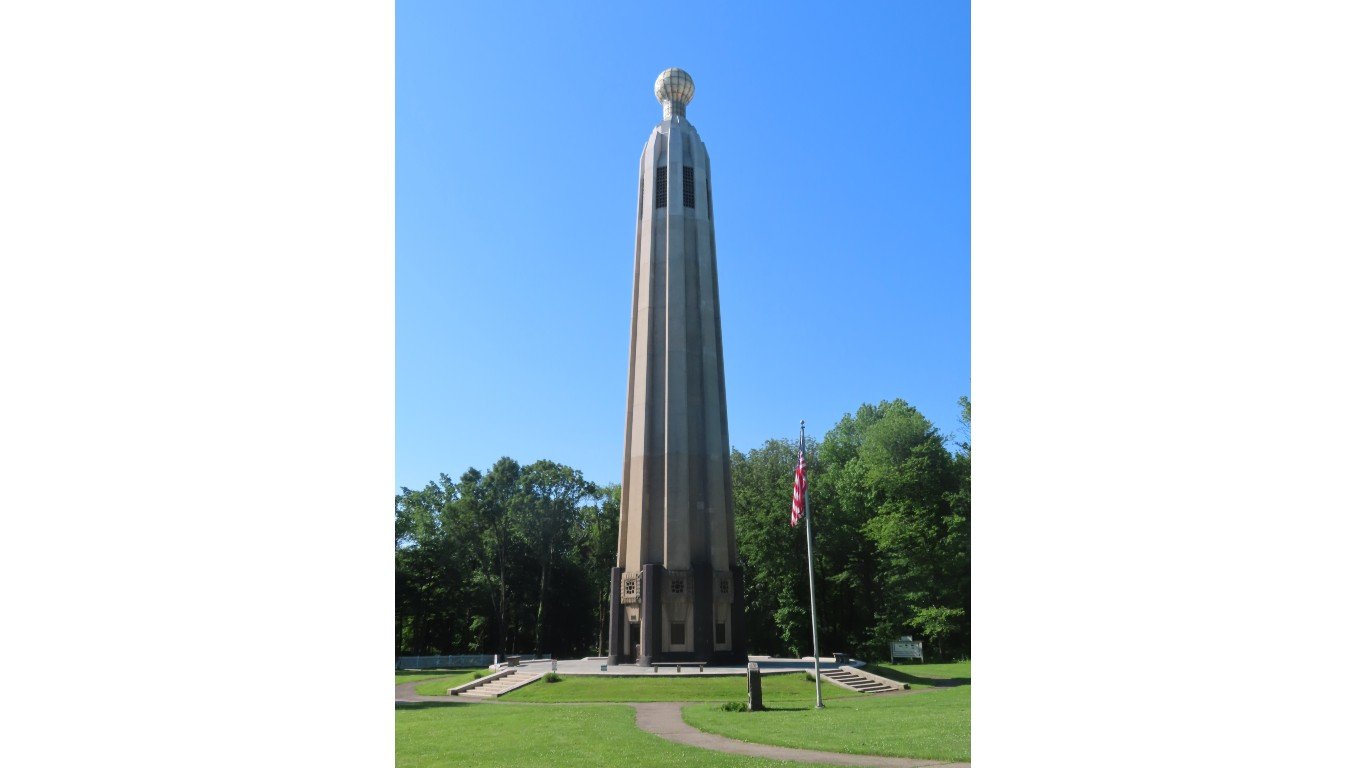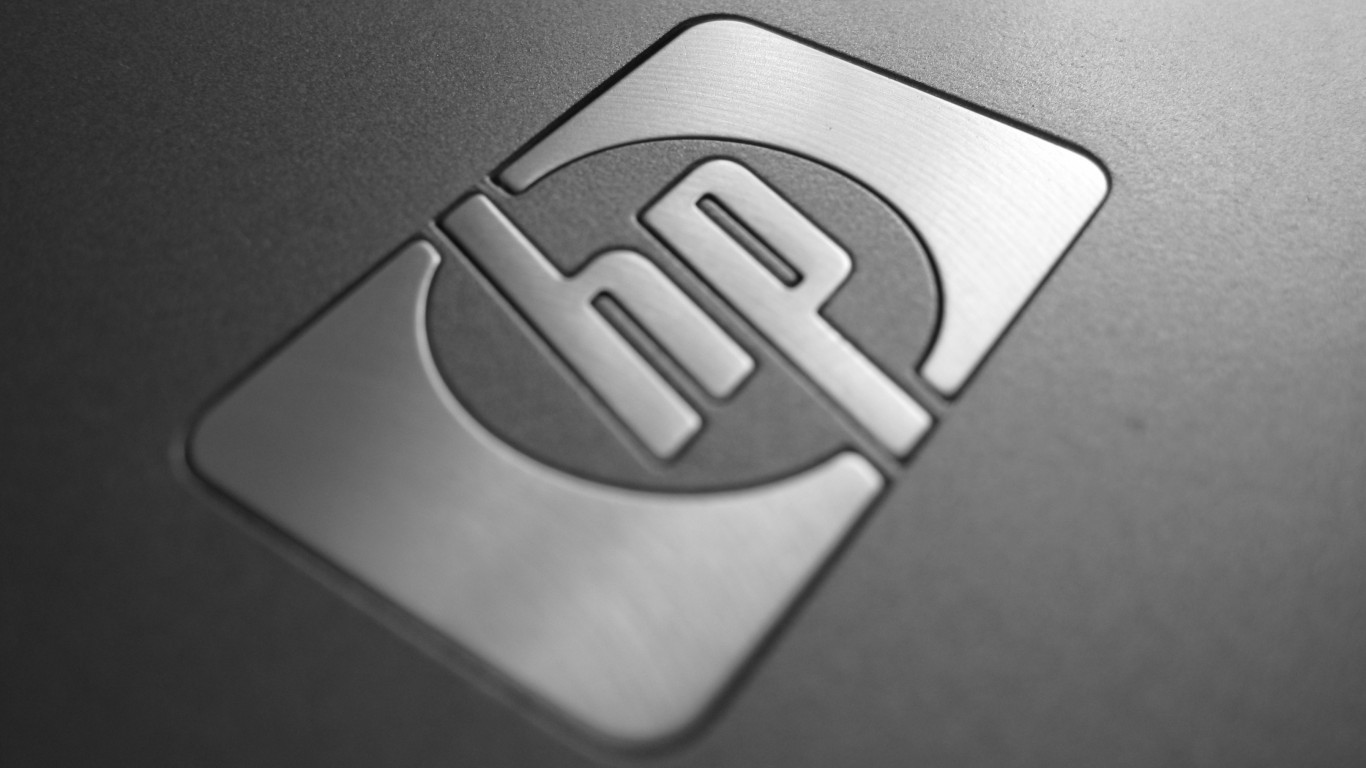Electric light has been with us in one form or another since at least the latter 19th century. For most of the 20th century, illumination by way of electricity came from incandescent lightbulbs – orbs of glass enclosing a wire filament that heats up and glows when electricity is passed through it.
Fluorescent lights, which use an electric current to stir up mercury vapor, in turn causing a coating inside the bulb to glow, were also used – often in office or industrial settings. Halogen bulbs, a relative of incandescents containing a tungsten filament and halogen gas, enjoyed a vogue for decades and are still common for some applications, but have been phased out in recent years in the EU, the UK, and Australia because they are particularly energy-hungry. (In the U.S., see which states spend the most on utilities.)
LED lights – which produce illumination through the electrical stimulation of a microchip – seem to be the standard of the future for their brightness and energy efficiency – though the light they produce is colder, and thus sometimes considered less flattering and/or less comforting, than that from an incandescent bulb. (Of course, the warmest light comes from the sun – and these are the states with the strongest sunlight.)
Whatever kind of bulb brightens the darkness for us, chances are we don’t think much about it unless it burns out and needs to be replaced. But lightbulbs are surprisingly interesting objects, and there’s a lot you might not know about them.
To compile a list of 20 things you didn’t know about lightbulbs, 24/7 Tempo reviewed articles on a variety of online historical and scientific publications. Whether or not any of these things inspire a lightbulb moment, chances are they’ll give you something to think about the next time you flip a switch.

The world’s longest-lasting bulb – not an LED – has burned for 122 years (1,068,720 hours)
The so-called Centennial Light, now hanging in the Livermore-Pleasanton Fire Department facility in Livermore, California, has been burning since 1901. It is a hand-blown bulb with a carbon filament, manufactured in Shelby, Ohio, in the late 1890s – and while it was originally bright enough to light up a room, it is now quite dim, about like a bathroom nightlight.

The human brain runs on about one-fifth the wattage of a standard 60-watt bulb
You may have heard someone who doesn’t seem very bright described as “a dim bulb.” There’s a good reason for that.
The world’s biggest working lightbulb is almost 14 feet high
The Edison Memorial Tower, marking the site of the inventor’s Menlo Park laboratory, is a 131-foot-tall cement monolith topped by a bulb made of Corning Pyrex glass, measuring 13 feet and eight inches. It actually emits light.

The use of a lightbulb to indicate a sudden idea comes from a surprising source
In the popular cartoons of the silent era featuring Felix the Cat – considered the first major animated animal character – Felix’s thoughts or feelings were often indicated by some object appearing over his head. At some point, a lightbulb popped up when he had a good idea, and the metaphor stuck.
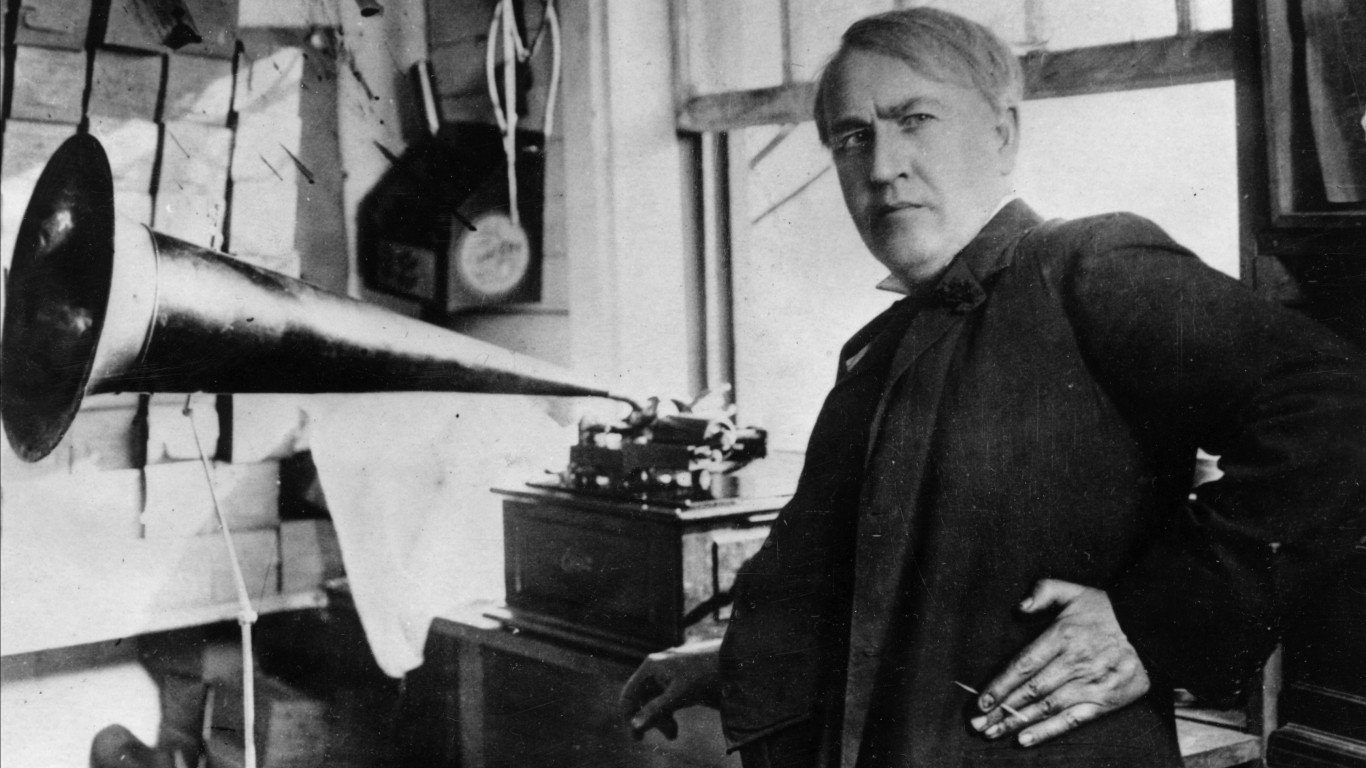
Thomas Edison invented the incandescent bulb in 1879
The celebrated “Wizard of Menlo Park” (New Jersey), whose many inventions included the photograph, the motion picture camera, and the storage battery, founded the Edison Electric Light Company in New York City in 1878, and on Dec. 31 of the following year, demonstrated the first incandescent lightbulb – which he claimed would make electricity so inexpensive that “only the rich will burn candles.”
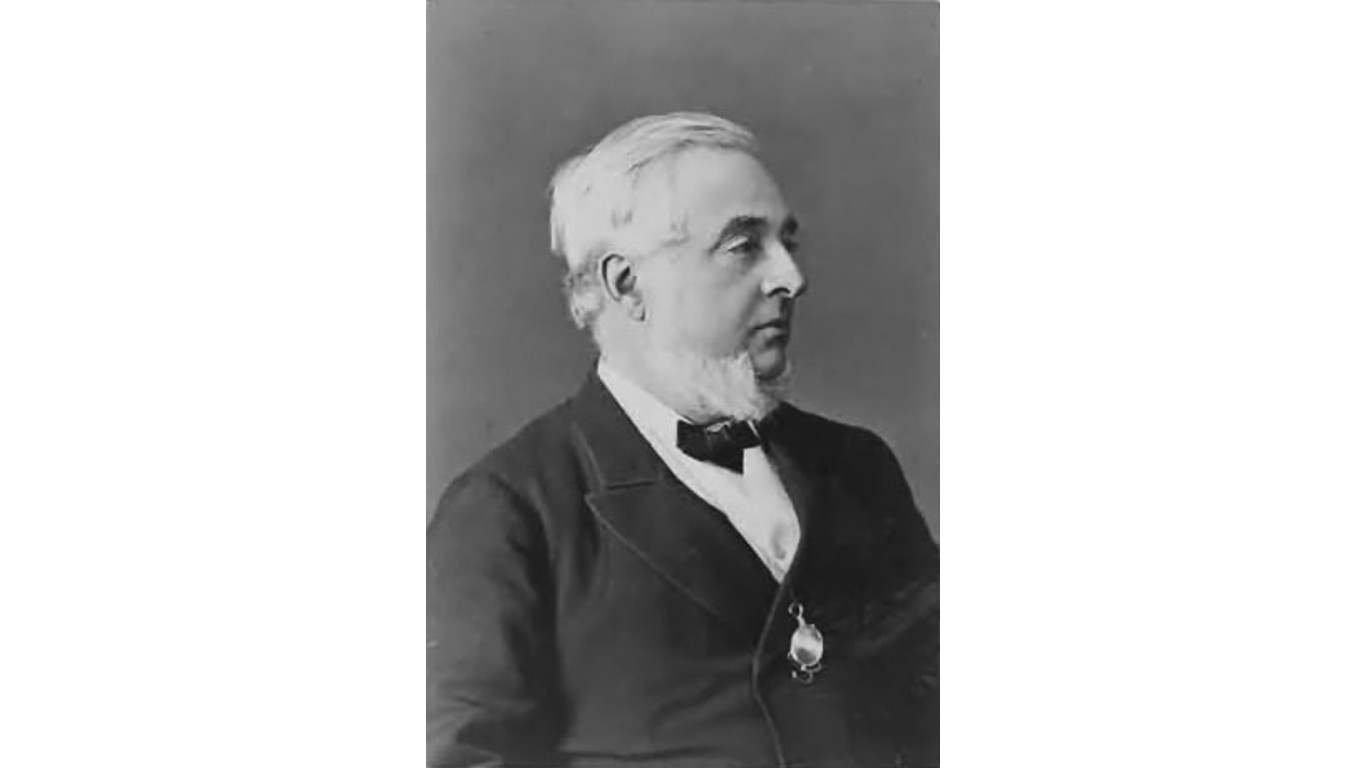
But maybe Thomas Edison didn’t invent it
But hold on a minute. A British scientist named Warren de la Rue invented an incandescent bulb in 1840, though it was too pricey to be viable. Numerous other scientists and inventors, including Henry Woodward, Humphrey Davy, Joseph Swan, and Mathew Evans also developed similar bulbs, though, like de la Rue’s, they were impractical for daily use.
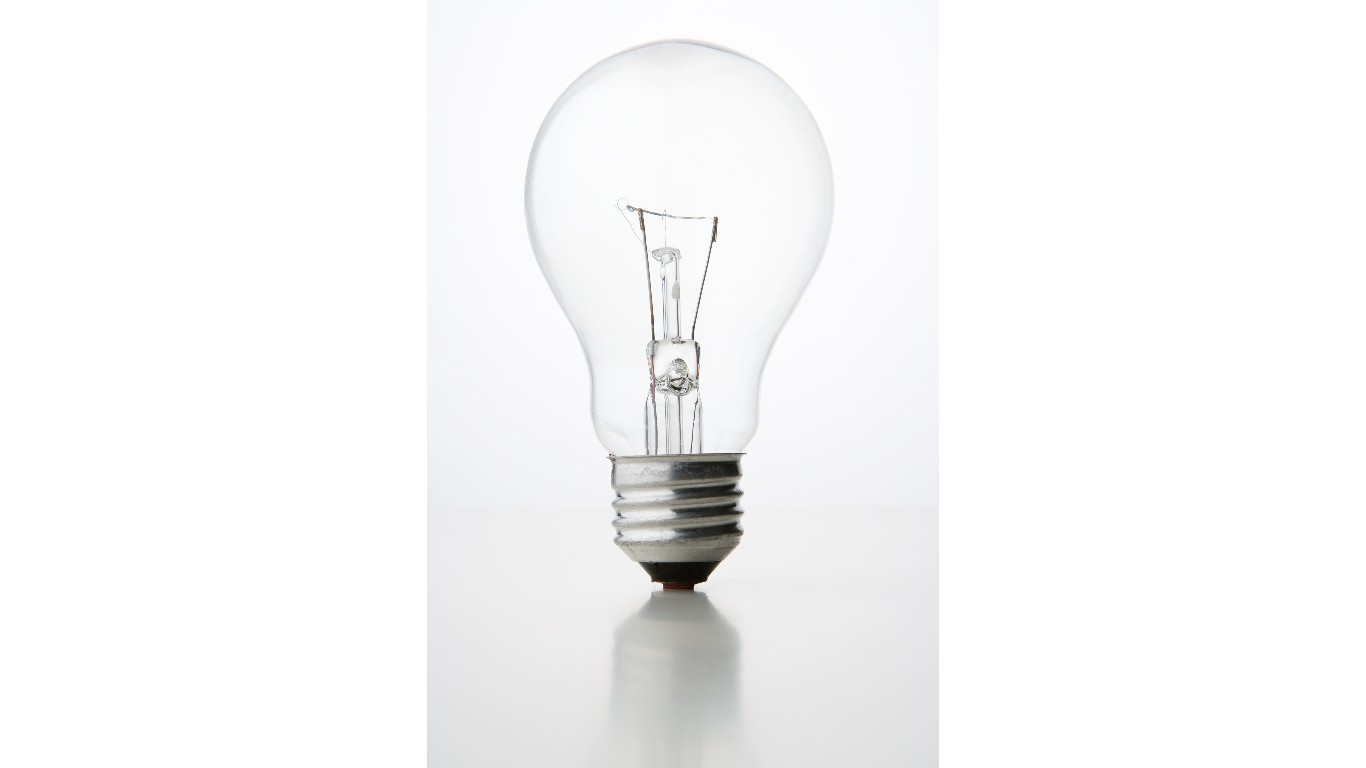
The average incandescent bulb lasts about 1,000 hours
The incandescent bulb, which was the familiar source of household illumination until the latter 20th century, will burn for only about 1,000 hours – a year on average with normal use.

Incandescent bulbs convert only about 10% of their energy to light
Incandescent bulbs waste most of the energy that flows into them, dissipating it as heat – as anyone who’s tried to unscrew a lit bulb will know.
The first commercial LED bulbs were introduced in 1968
In 1962, Nick Holonyak, an engineer working for General Electric, demonstrated a laser diode that produced light – the direct ancestor of the now-familiar LED (light-emitting diode) bulb. Hewlett-Packard and Monsanto released commercial LEDs in 1968, but the technology didn’t really take hold until 1995, after many further improvements.
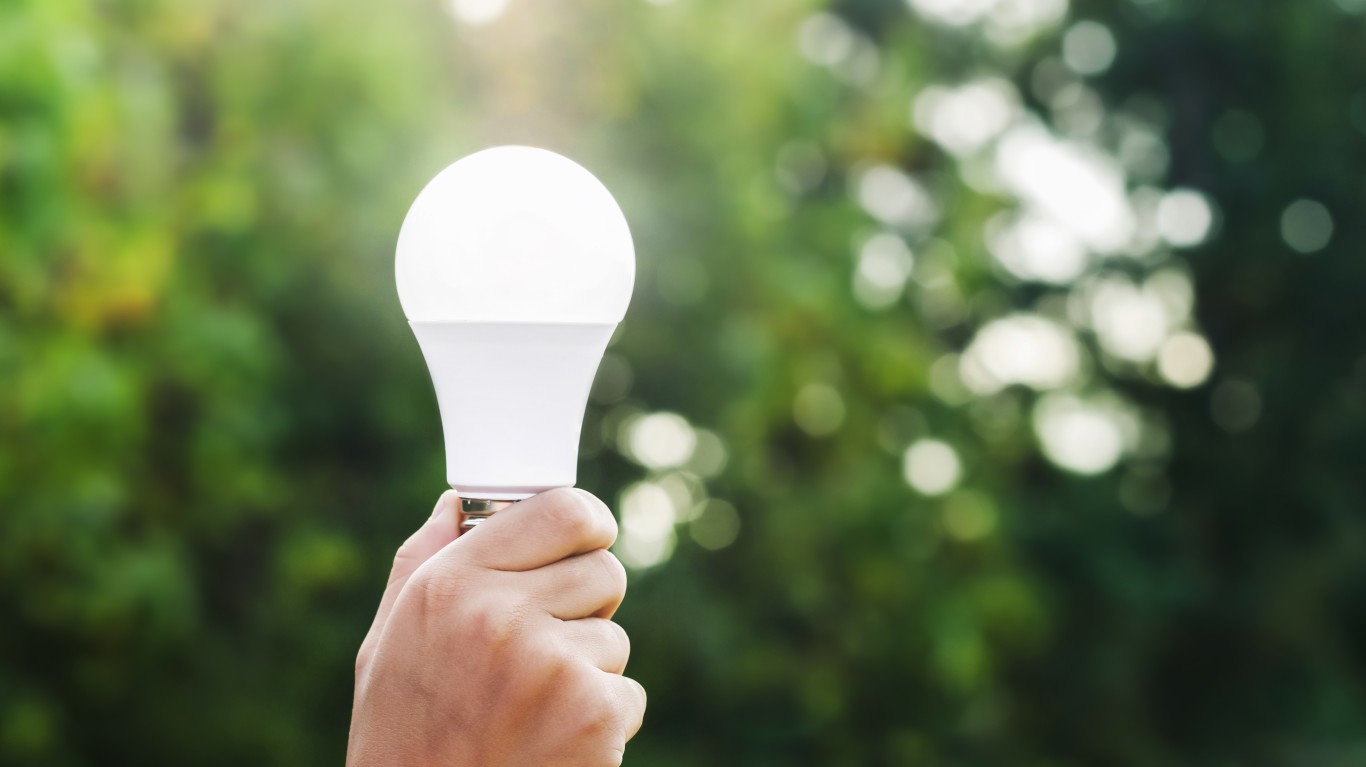
The average LED bulb lasts about 25,000 hours
It may have taken a while to get up and running, but once the modern LED bulb was in common use, it proved to be a long-lasting trooper, burning an average of 25 times longer than its incandescent predecessor.
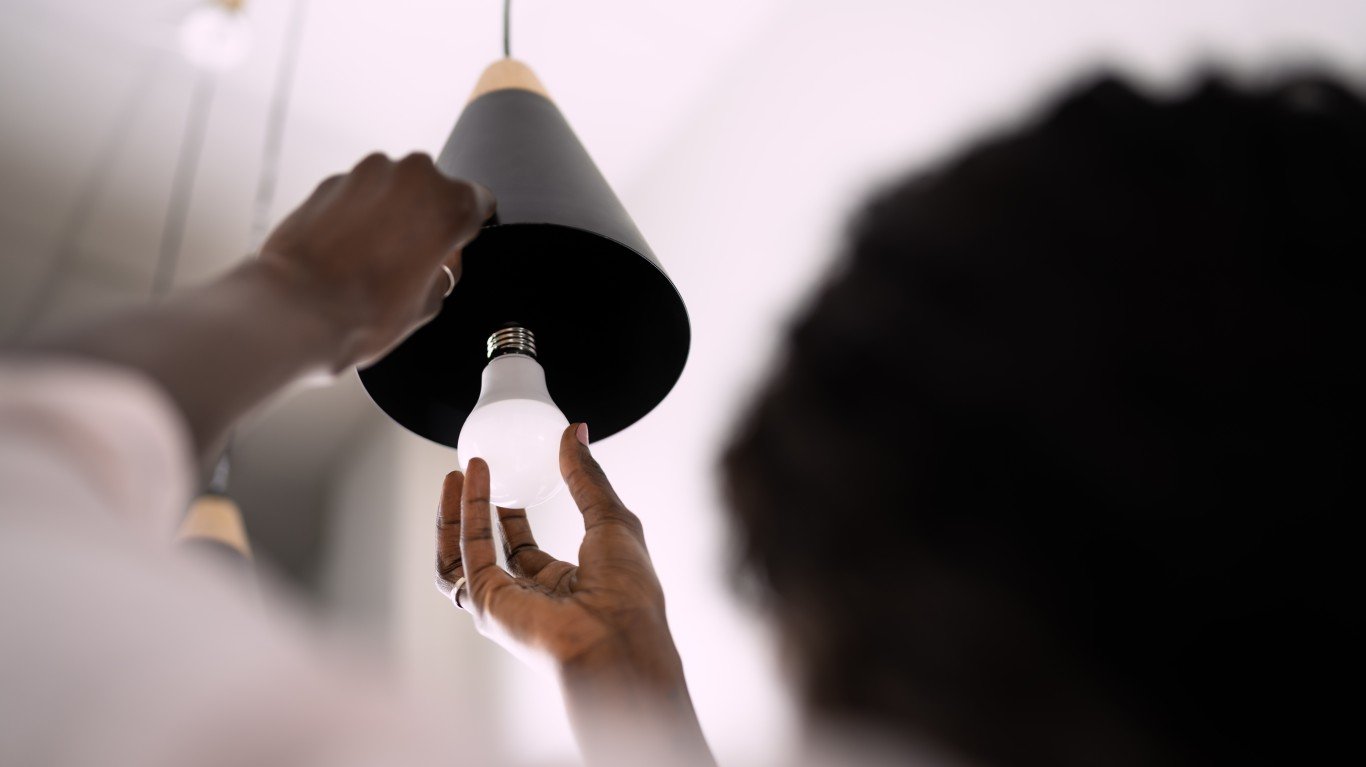
LED bulbs convert about 80% of their energy to light
Not only does it last far longer than the incandescent bulb, it also converts energy to light far more efficiently. LEDs do generate some heat, especially when running in a closed space without ventilation, but it’s far less than incandescents throw off.
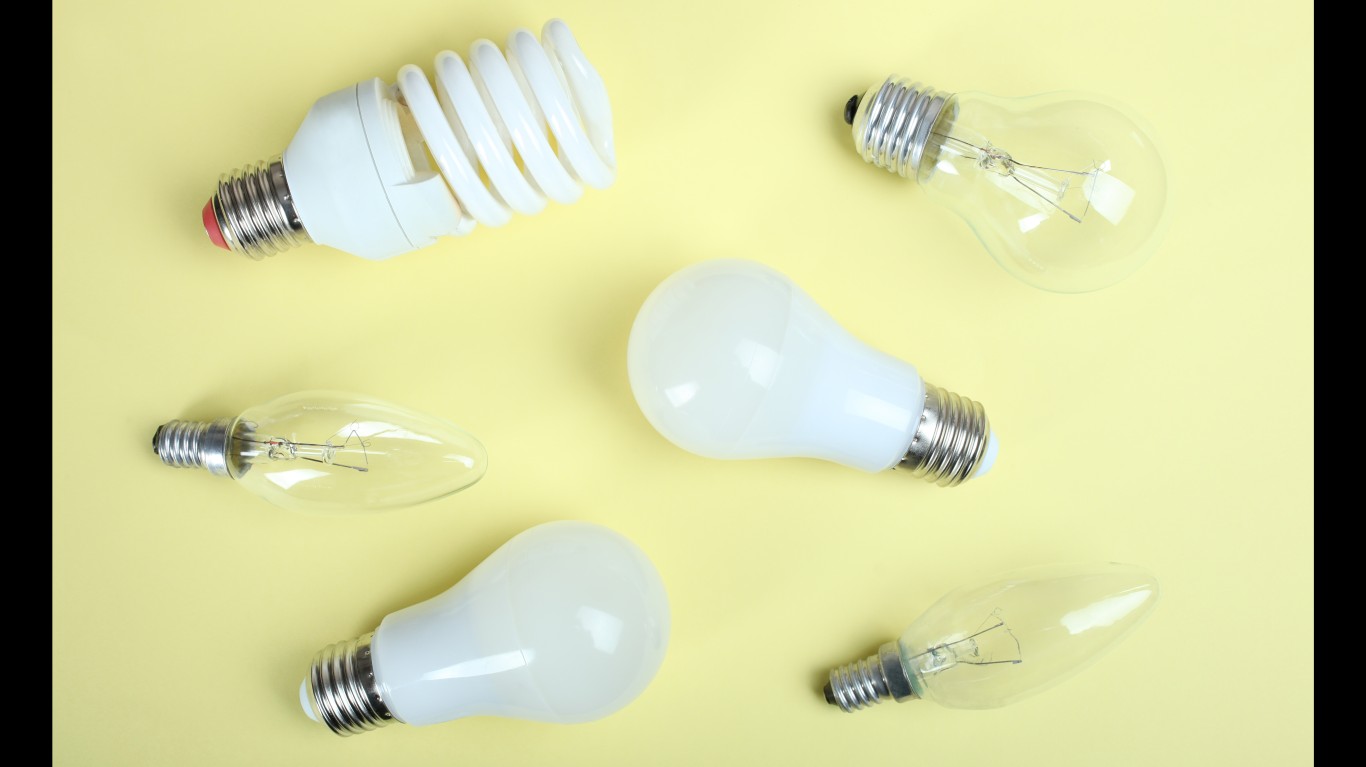
The watt doesn’t measure brightness, but amount of energy consumed
Contrary to popular belief, wattage isn’t a measure of brightness – it’s a measure of power consumption. A 100-watt bulb consumes twice as much energy as a 50-watt bulb, but while it will be brighter, it is not twice as bright.

Lightbulbs (all kinds) are a major source of waste
About four billion lightbulbs are discarded in the U.S. alone each year – and that includes not just incandescents but also LEDs, fluorescents, and others. While they contain small amounts of recyclable material, the extraction process is considered more harmful to the environment than simply tossing the bulb out.
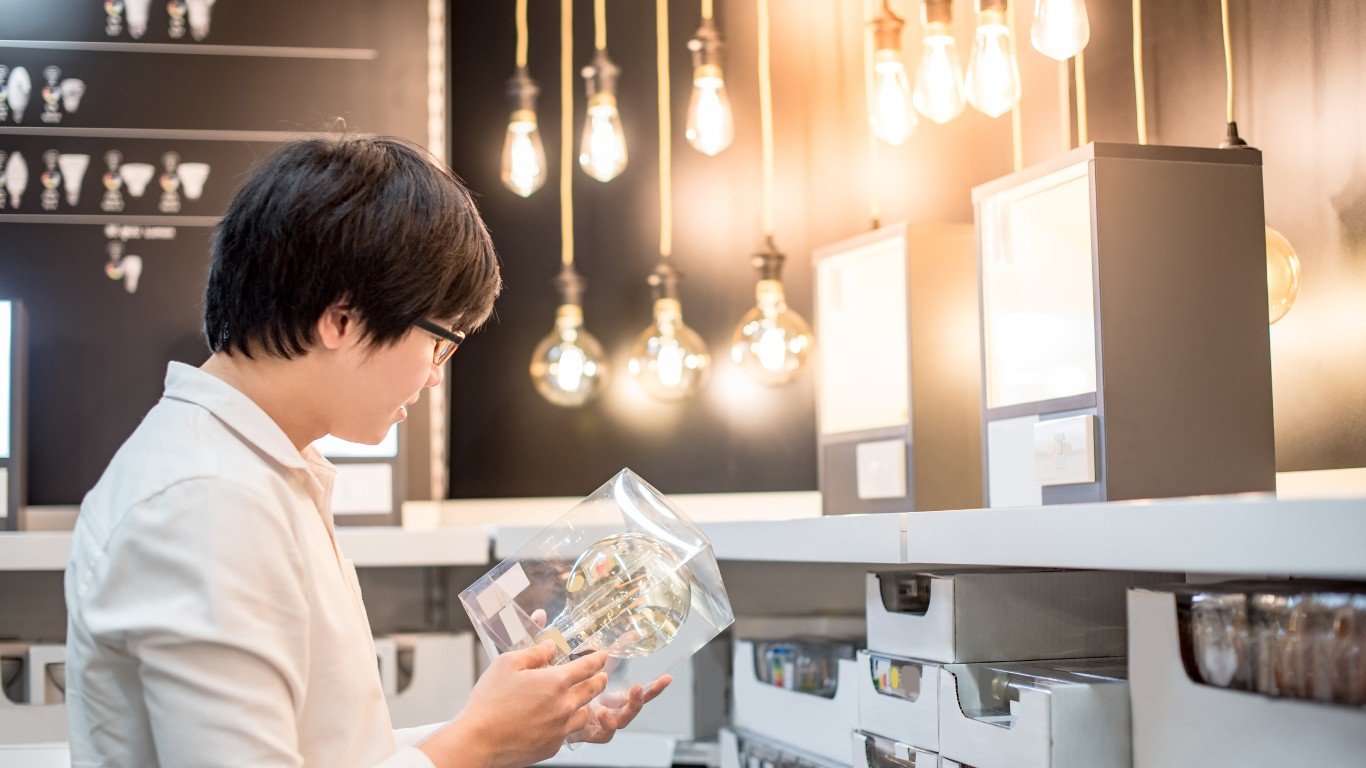
There are seven basic categories of bulbs
Incandescent and LED bulbs are just the start of it. The lightbulb family also includes halogen, fluorescent, compact fluorescent, high-intensity discharge, and specialty bulbs (like heat lamps, black lights, bug lights, etc.)

Incandescent bulbs can be bad for your concentration
We tend not to be conscious of it, but the light streaming from incandescent bulbs flickers almost imperceptibly, which can have a subtle but unsettling effect on our concentration. Fluorescent lights can flicker more noticeably, which is particularly annoying, but LED bulbs produce a much steadier light.
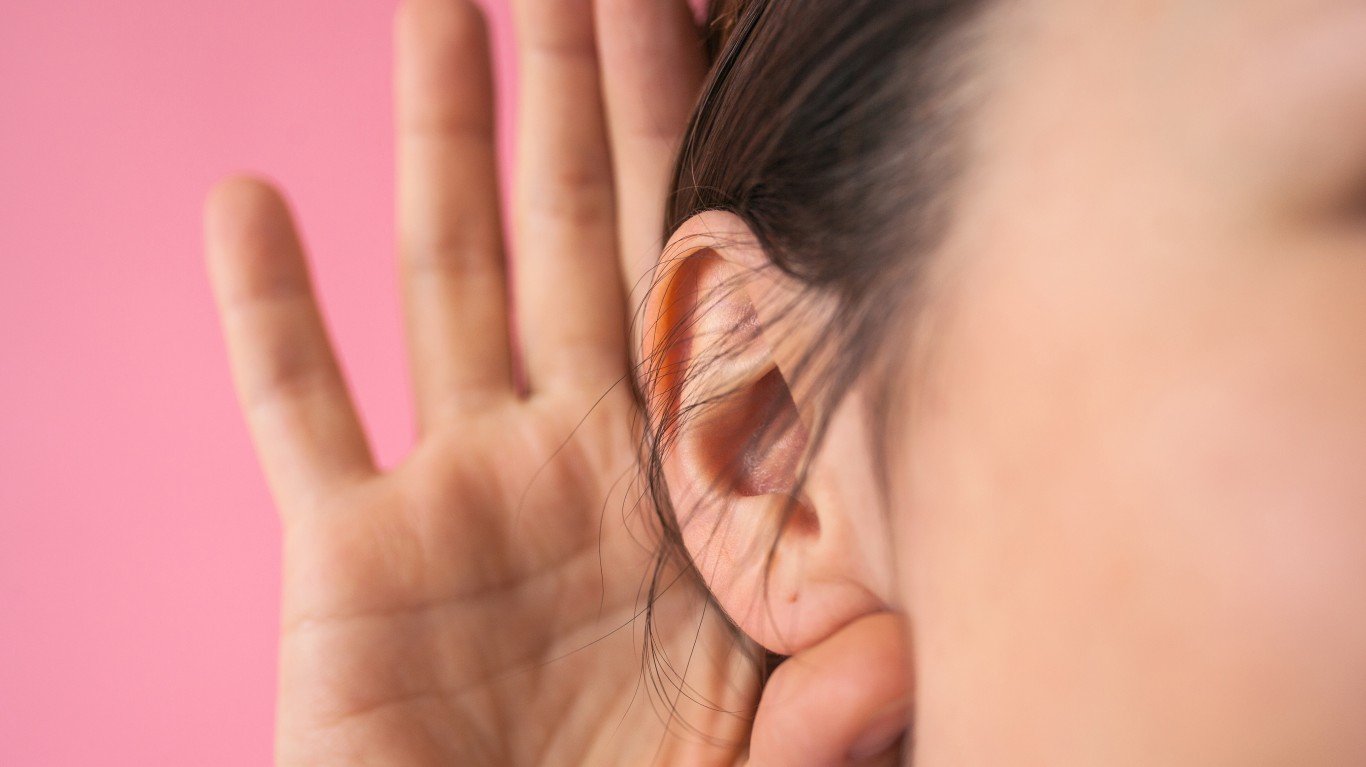
Incandescent lightbulbs make a sound
You’d have to have really good hearing to notice it, but when incandescent bulbs are turned on, they make a faint buzzing noise – the sound of the filament heating up and expanding.
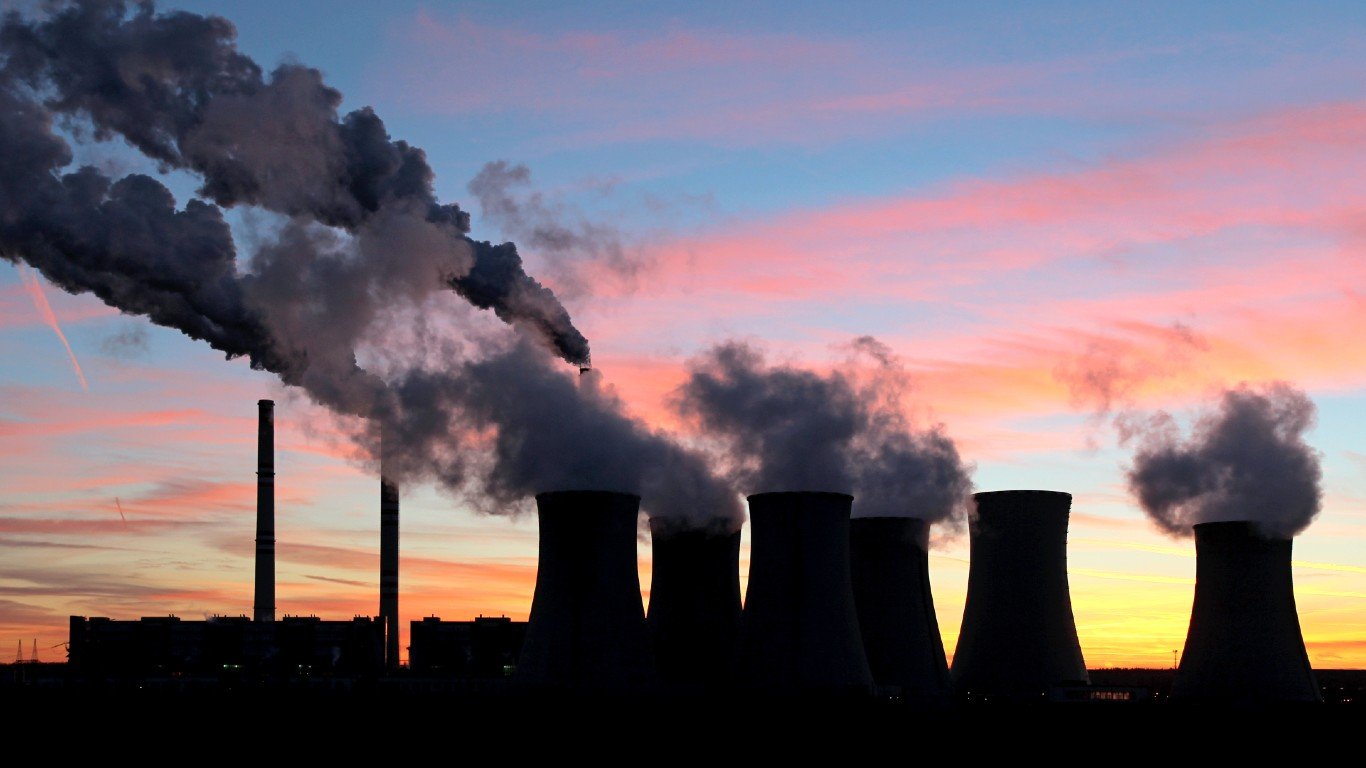
Switching to LED bulbs could reduce the need for nuclear power
The U.S. Department of Energy has calculated that if only LED bulbs were used for light worldwide, there would be a need for 100 fewer nuclear power stations – about a quarter of those currently online.
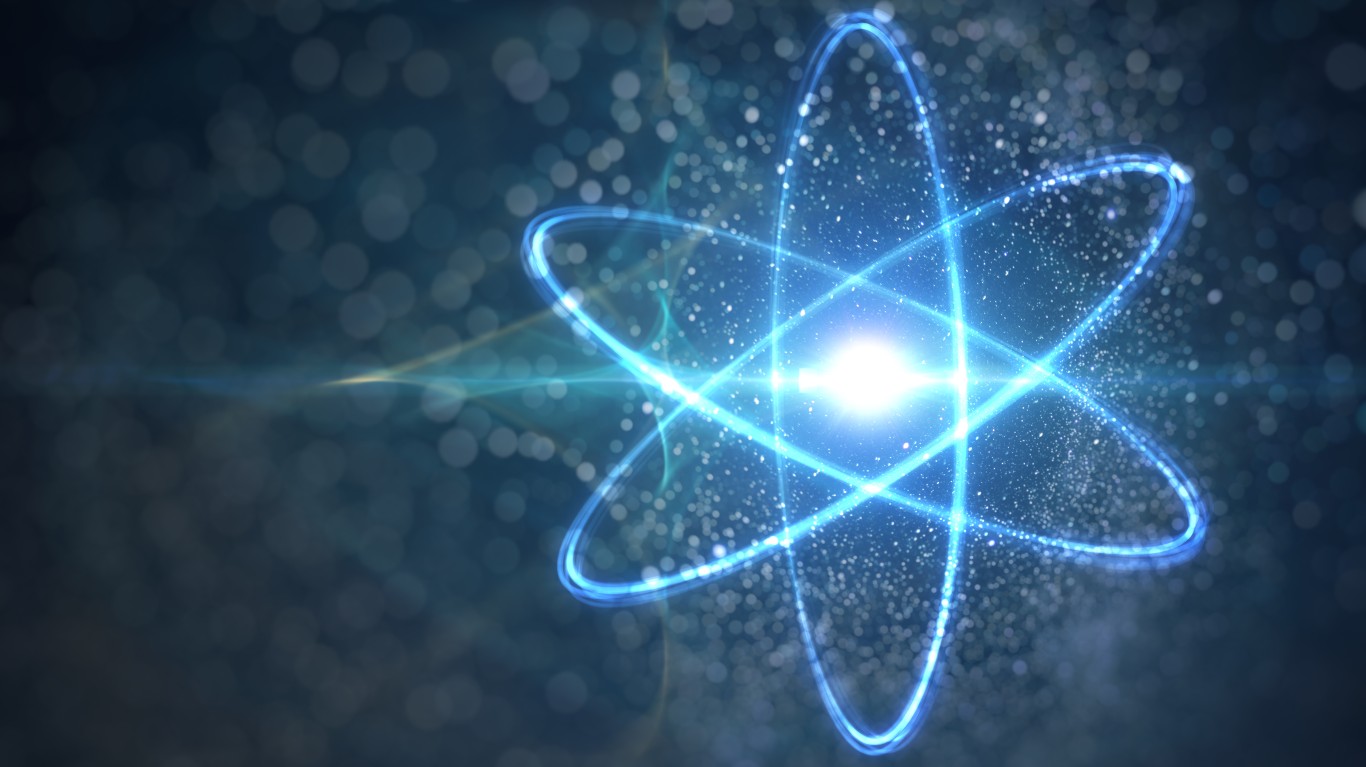
The world’s smallest lightbulb is just one atom thick
Scientists from Columbia University, the Korea Research Institute of Standards and Science, and Seoul National University announced in 2015 that they had developed a lightbulb made of a graphene, a carbon allotrope (an element existing in more than one form) the thickness of a single atom, that produces visible light.
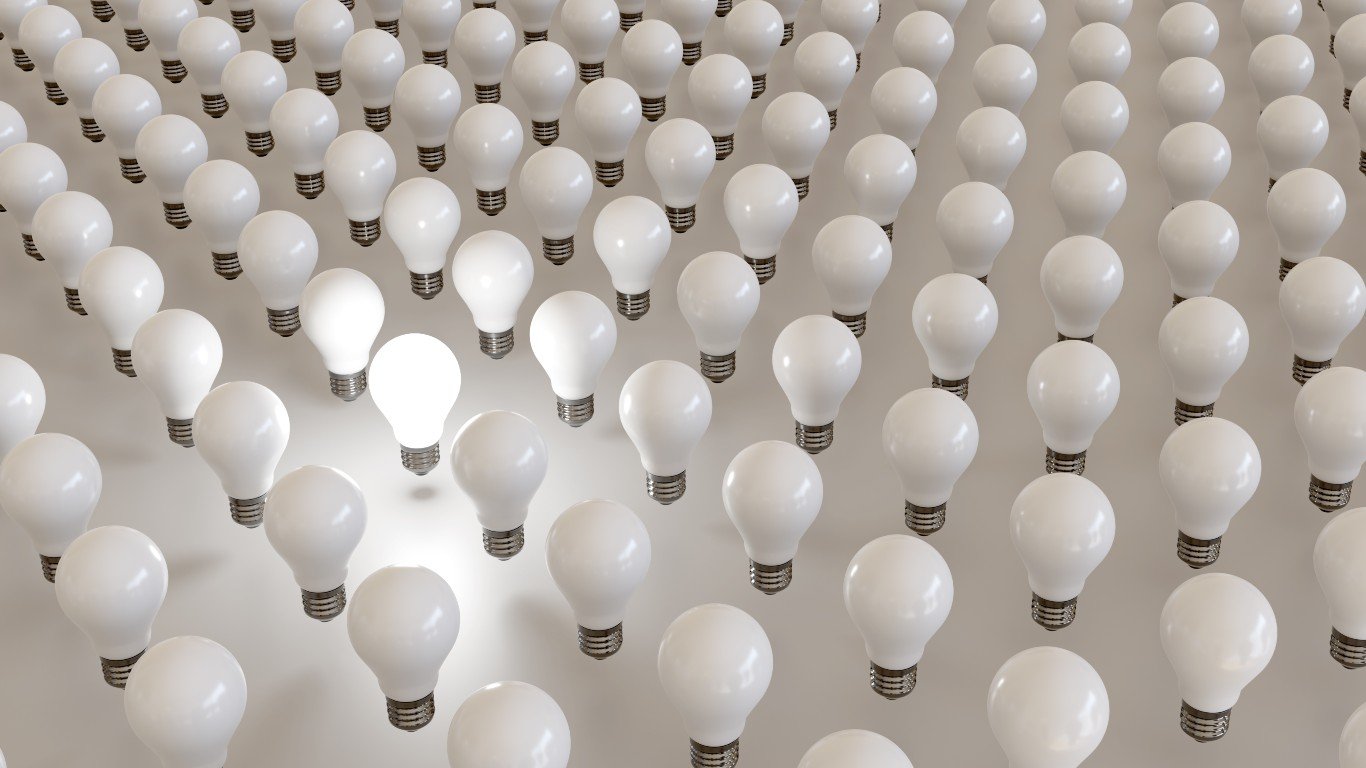
A Saudi Arabian airline created the world’s largest word spelled out in LED bulbs
According to Guinness World Records, the word “SHUKRUN” – Arabic for “thank you” – spelled out with 8.015 LED bulbs was erected at Al Thumamah Airport north of Riyadh in 2021 by Flyadeal, a budget-priced Saudi airline.

Lightbulb jokes were popular in the 1960s and ’70s
Jokes involving the changing of a lightbulb were common for several decades. Many of them would now be considered offensive, playing off the supposed characteristics of various ethnic groups or professions. One inoffensive example: How many psychoanalysts does it take to change a lightbulb? None. The lightbulb has to want to change.
